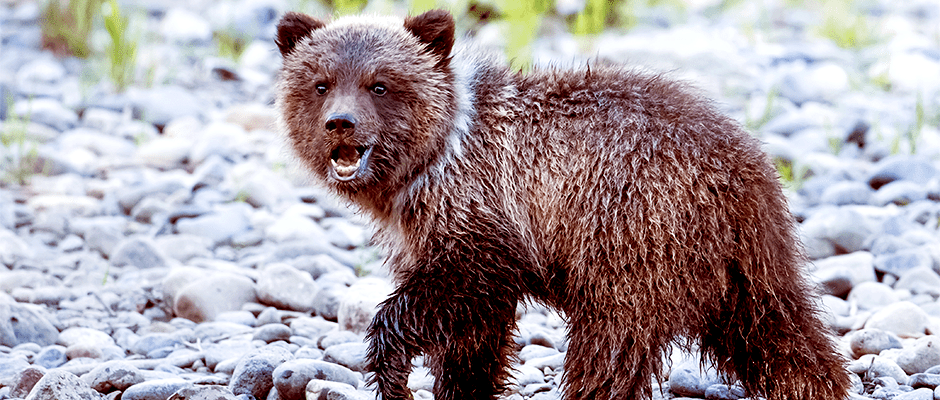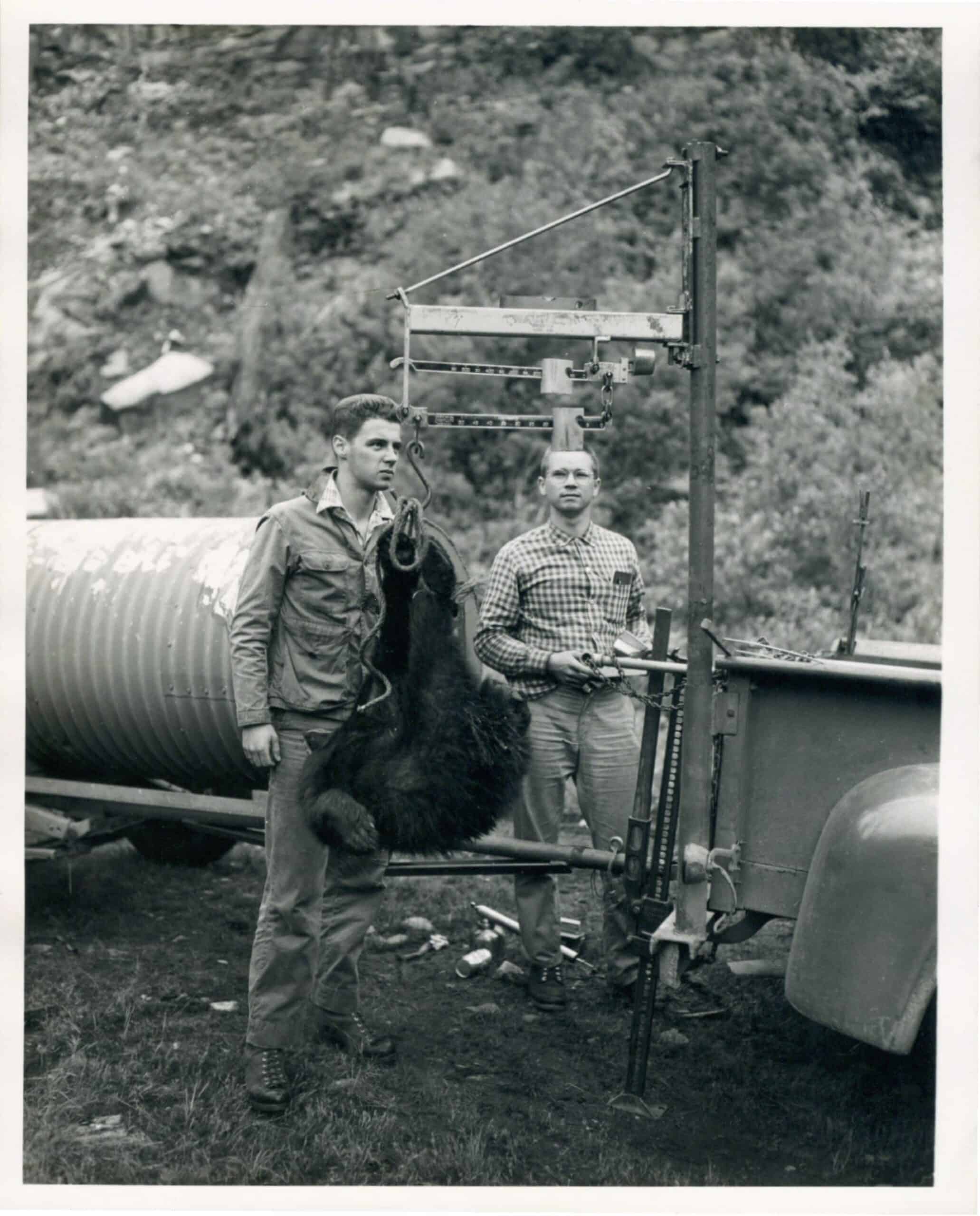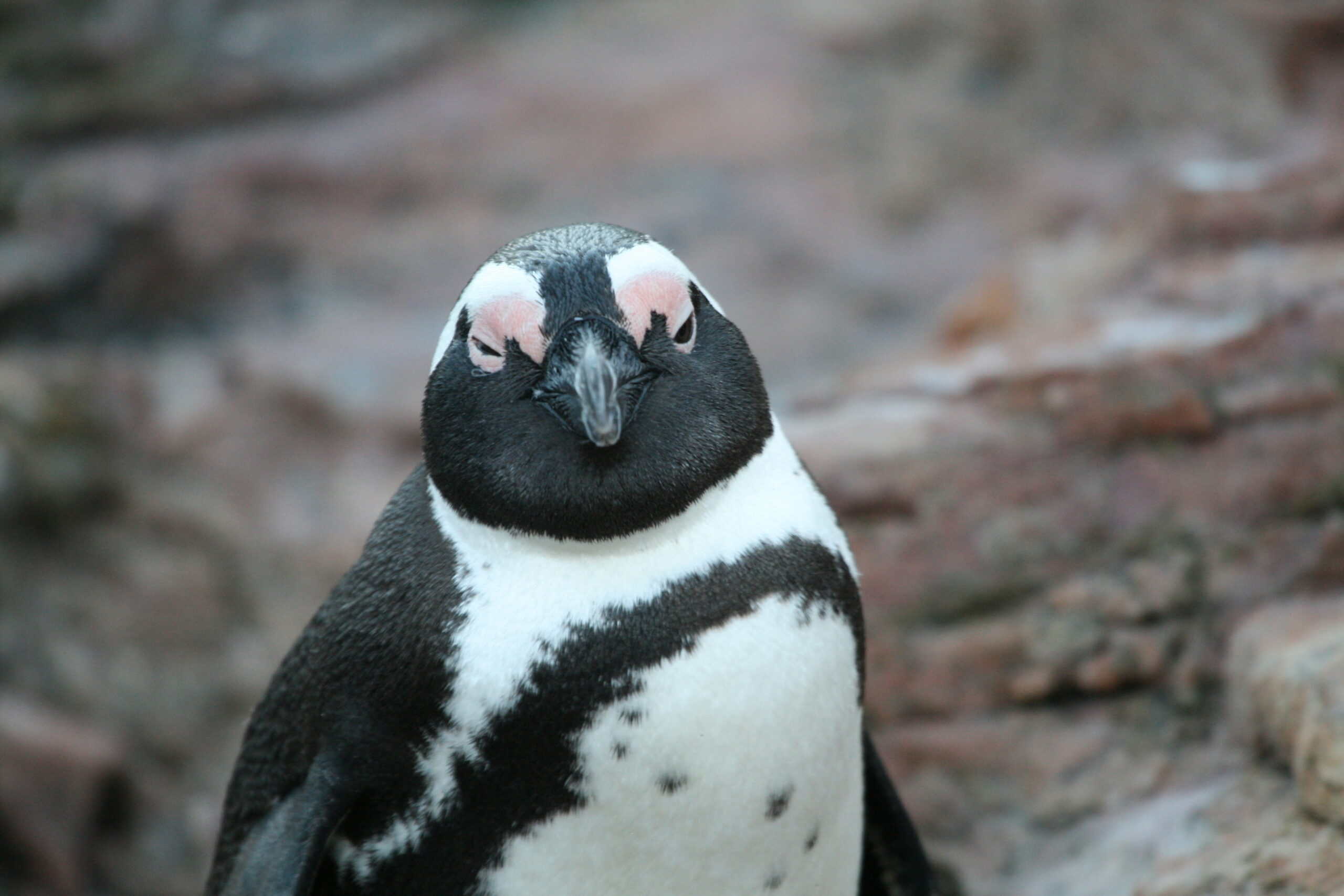Share this article
Birds and mammals respond quicker to climate change
A look back at fossils and other data from up to 270 million years ago suggests that mammals and birds adapt better to changing climates than their cold-blooded counterparts — reptiles and amphibians.
“It’s very difficult to reconstruct past temperatures preferences of species,” said Jonathan Rolland, lead author of the study published in Nature Ecology and Evolution and a postdoctoral research fellow at the University of British Columbia.
Rolland and his colleagues used data from current distributions of animals, fossil records and phylogenetic information for over 11,000 species of both warm-blooded and cold-blooded animals. They then used climate data to determine which temperatures the different species survived in and latitudinal data to determine where the species were found.
“What we found was the niche or preference temperature for mammals and birds evolved faster — between two and three times faster — than amphibians and reptiles,” he said. Over the years, warm-blooded species were quicker at adapting to changing temperatures, whether it was warmer or cooler.
About 40 million years ago, the planet was much warmer and more tropical, Rolland said, and species were able to take advantage of this climate. As the planet cooled, the team showed through their data, some species that had adapted to the tropical conditions became more contracted toward the equator. Many of these species were amphibians and reptiles. Birds and mammals, on the other hand, were better able to adapt to the colder temperatures.
The researchers don’t know why warm-blooded species are better at adapting to different climates, but they have a few hypotheses. One suggestion is that mammals and birds can extend their habitats more, making it easier for them to adapt. Also, mammals and birds may be better at regulating their body temperatures so they can keep their embryos warm and take care of their offspring.
Rolland said that looking at evolution in the past might help with wildlife conservation in the face of climate change in the future.
“The climate is changing so fast right now, and the dynamics of evolution will probably be a little bit different,” he said. “I think it would be beneficial to look at how extinction is varying with rates of niche evolution to see if there is the effect that we see on the longtime scale, today.”
Header Image: A grizzly bear (Ursus arctos) cub walks through Atnarko River, in Tweedsmuir South Provincial Park, British Columbia. Mammals such as grizzly bears have been better adapted to changing climates than cold-blooded species such as reptiles and amphibians. ©Mick Thompson








